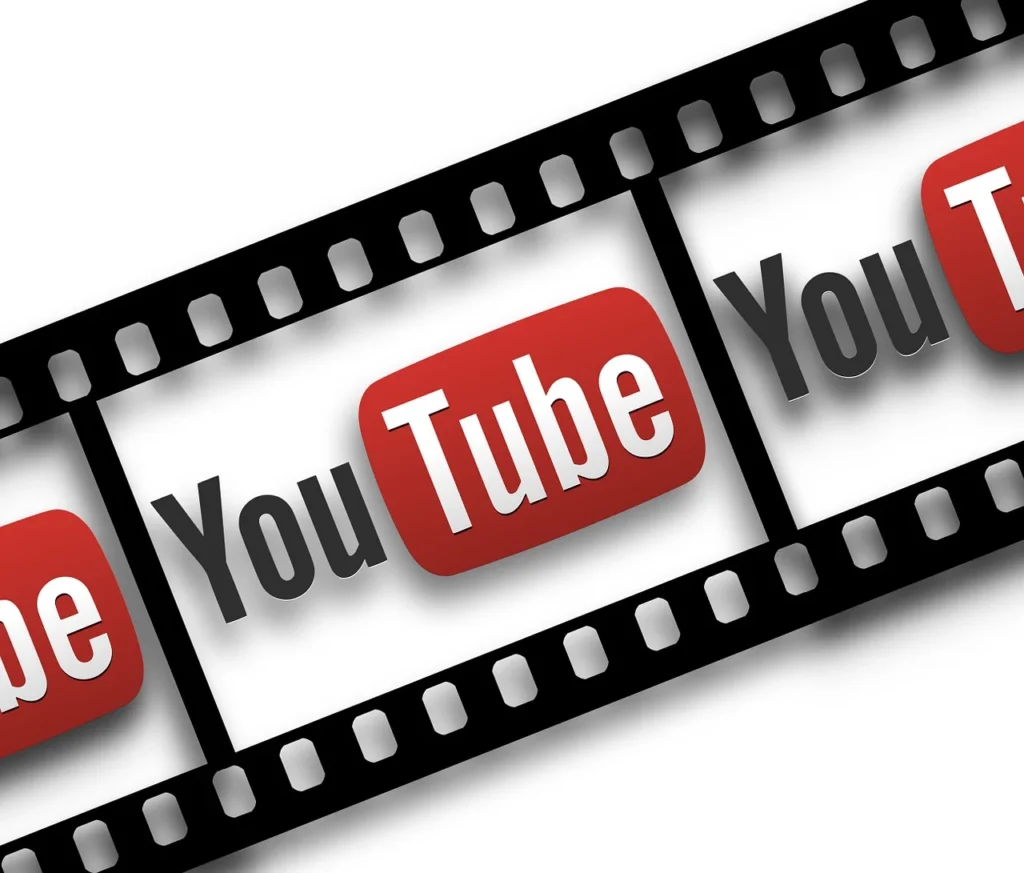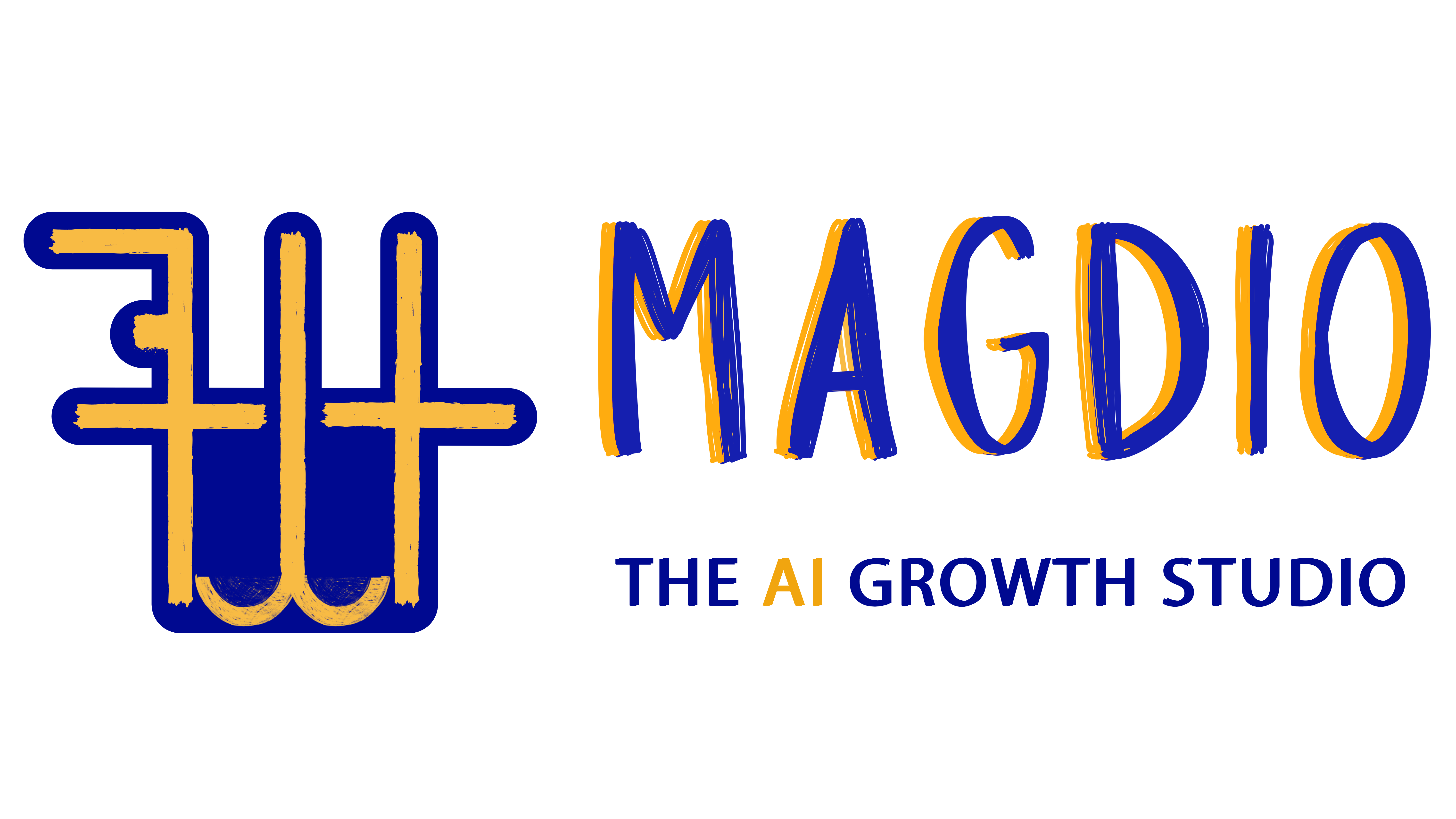Introduction
YouTube has become a part of everyday life for billions of people across the globe. Whether you want to watch fun pranks, explore DIY crafts, learn math tricks, or follow your favorite creators, YouTube has something for everyone. Since launching in 2005, YouTube changed the way we watch videos online, turning regular people into internet stars and giving businesses a powerful way to reach customers.
But while YouTube is the biggest video platform, it’s not perfect. Creators often struggle with strict rules, sudden demonetization, and confusing content policies. Many feel frustrated when their videos get taken down or earn very little money, even after putting in hours of work. On the other hand, viewers are also getting tired of watching too many ads before, during, and after videos.
That’s why many people are looking for YouTube alternatives – platforms that offer better freedom, fewer ads, and more ways to earn money. In 2025, there are several exciting video platforms that can give both creators and viewers a fresh experience.

1. Vimeo – High-Quality Videos for Creators and Businesses
Vimeo has been around for a long time and it’s a favorite for artists, filmmakers, and businesses. What makes Vimeo different is its focus on high-quality videos and an ad-free experience. If you want your videos to look super professional, Vimeo is a great place to upload them.
Why Creators Love Vimeo
- No annoying ads on your videos.
- Supports 4K video quality, so your content looks amazing.
- Advanced privacy controls let you choose who can see your videos.
- Creators can charge for access to their videos with pay-per-view or subscription options.
Downsides
- Vimeo’s free plan is limited, so serious creators often need to pay for better features.
- Vimeo’s audience is smaller compared to YouTube, so reaching millions of viewers is harder.
2. DTube – A Decentralized Video Platform
DTube stands for Decentralized Tube. It works on blockchain technology, which means no single company controls it. Your videos are stored across many computers instead of one central server, making it harder to take content down.
Why Creators Love DTube
- No ads and no tracking of your data.
- Creators earn cryptocurrency for views, likes, and comments.
- No strict content rules – more freedom to create.
Downsides
- Smaller audience than YouTube.
- The platform is still growing, so some features are limited.
3. Twitch – Best for Live Streaming and Gaming
If you love live streaming, Twitch is the place to be. Originally built for gamers, Twitch now also hosts talk shows, cooking streams, music sessions, and more.
Why Creators Love Twitch
- Real-time interaction with viewers through chat.
- Creators earn through subscriptions, donations, and sponsorships.
- Strong community support, especially for gamers.
Downsides
- Twitch is very competitive, so standing out is tough.
- Most popular with gaming content, so non-gamers might struggle.
4. Rumble – Easier Monetization and Fewer Rules
Rumble has been gaining attention as a creator-friendly video platform. It offers better revenue shares and fewer content restrictions, making it easier for creators to earn money.
Why Creators Love Rumble
- Easier monetization with more ways to earn.
- Less strict rules about what you can post.
- Videos can be syndicated to news outlets, giving creators more exposure.
Downsides
- Smaller audience than YouTube.
- Content variety isn’t as wide.
5. PeerTube – A Community-Owned Video Network
PeerTube is an open-source, decentralized video platform. It’s designed to give power back to users, letting anyone host their own video servers that link together into a giant video network.
Why Creators Love PeerTube
- No ads, no tracking.
- Full control over your content.
- Entirely community-driven.
Downsides
- Technical knowledge is needed to set up your own server.
- Smaller audience, so growing your channel takes effort.
6. Facebook Video – Big Audience and Social Sharing
Facebook Video is part of the Facebook platform, so videos are easy to share with your friends and family. It’s a great option for businesses too, since Facebook’s algorithm helps suggest videos to people interested in your niche.
Why Creators Love Facebook Video
- Huge audience.
- Videos can go viral fast thanks to social sharing.
- Built-in monetization through ads.
Downsides
- Too many ads can annoy viewers.
- Algorithm controls which videos get shown, making success unpredictable.
7. Dailymotion – A Familiar Alternative
Dailymotion feels a lot like YouTube, with a similar interface and easy video uploads. It’s especially popular in Europe, and its content policies are more relaxed than YouTube.
Why Creators Love Dailymotion
- Easy to use.
- More flexible rules.
- Opportunities to earn money through revenue sharing.
Downsides
- Smaller global audience.
- Fewer monetization options than YouTube.
8. BitChute – Focused on Free Speech
BitChute is a platform that values free speech. It’s less strict about content moderation, which appeals to independent creators who want to express themselves freely.
Why Creators Love BitChute
- Fewer content restrictions.
- Peer-to-peer hosting for better independence.
- Supports alternative monetization methods.
Downsides
- Not mainstream, so the audience is smaller.
- Some content can be controversial, which might turn off some viewers.
9. SproutVideo – Professional Hosting for Businesses
SproutVideo is built specifically for businesses that need secure, high-quality video hosting. If your business creates marketing videos, training materials, or product demos, SproutVideo helps you host and manage them.
Why Businesses Love SproutVideo
- Advanced privacy controls.
- High-quality video streaming.
- Custom branding to match your business.
Downsides
- Not a social platform, so you have to bring your own audience.
- Paid plans are required for most features.
10. Odysee – Decentralized and Creator-Friendly
Odysee is a blockchain-based video platform powered by the LBRY network. It’s designed to give creators more control and better earning opportunities, with rewards paid in LBRY Credits (LBC).
Why Creators Love Odysee
- No strict content rules.
- Creators and viewers can earn cryptocurrency.
- Open-source and community-driven.
Downsides
- Smaller audience.
- Some content can be controversial.

Conclusion – A World Beyond YouTube
While YouTube still holds the crown as the biggest video-sharing platform, it’s clear that 2025 offers a wide world of exciting alternatives. Whether you’re a content creator looking for a platform that values your creativity and rewards your hard work, or a viewer who just wants to explore new content without being bombarded by endless ads, there’s a perfect platform out there for you.
The beauty of these YouTube alternatives is the variety they offer. Some platforms focus on live streaming, while others emphasize high-quality videos, blockchain-powered rewards, or niche communities where your content can truly shine. Each platform brings its own unique strengths, giving both creators and viewers more power to choose how they want to engage with videos online.
As the digital landscape keeps evolving, creators no longer have to put all their eggs in one basket. By uploading your content across multiple platforms, you can reach different types of audiences, boost your visibility, and even unlock new income streams. Plus, viewers benefit from fresh content, new perspectives, and a break from the algorithms and policies that often limit what they see on mainstream platforms.

